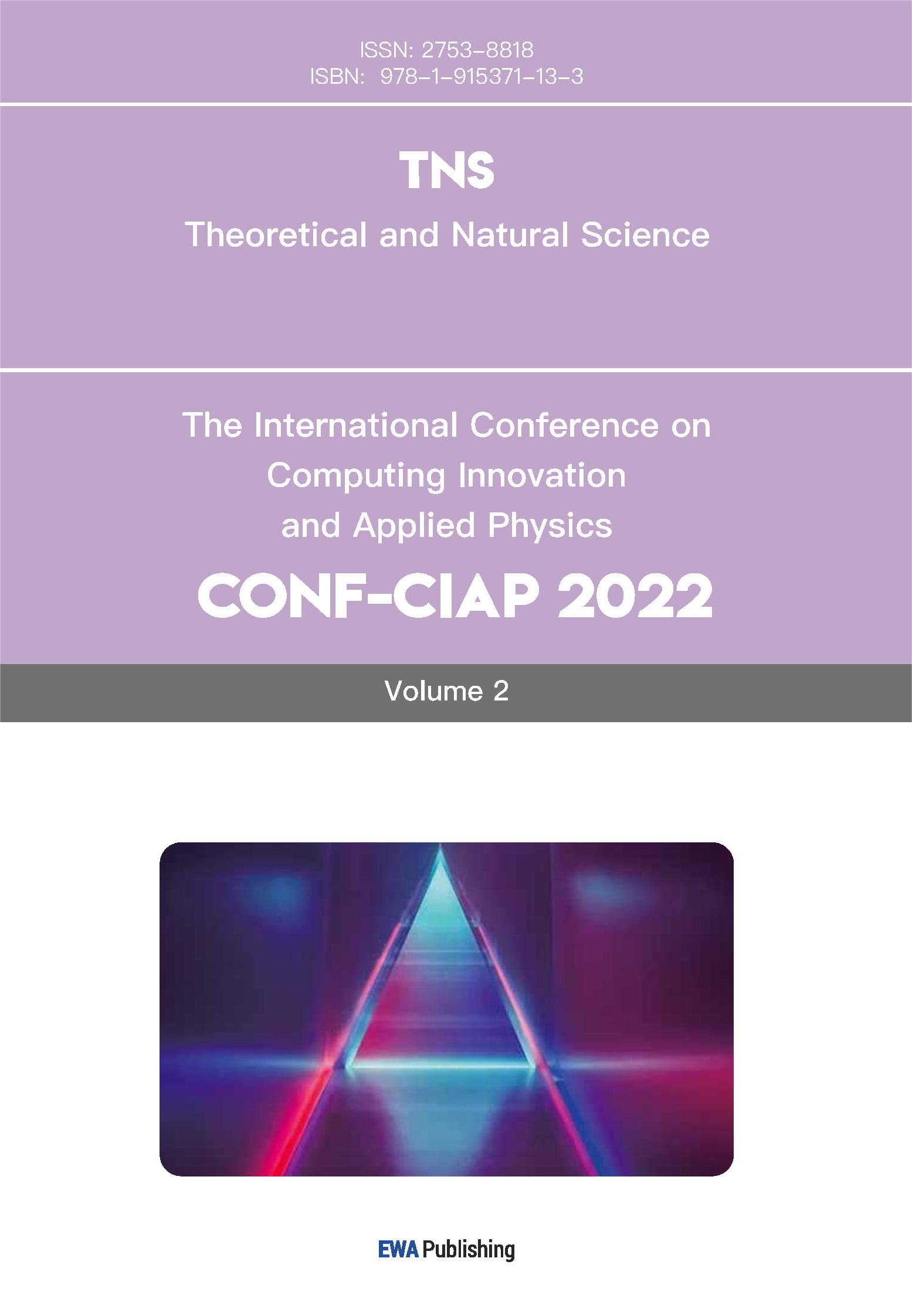References
[1]. Yuan, Z., & Li, H. (2020). Molecular mechanisms of eukaryotic origin initiation, replication fork progression, and chromatin maintenance. Biochemical Journal, 477(18), 3499-3525.
[2]. Lee, S. J., & Richardson, C. C. (2011). Choreography of bacteriophage T7 DNA replication. Current opinion in chemical biology, 15(5), 580-586.
[3]. Beattie, T. R., & Reyes-Lamothe, R. (2015). A replisome’s journey through the bacterial chromosome. Frontiers in microbiology, 6, 562.
[4]. Chastain, P. D., Makhov, A. M., Nossal, N. G., & Griffith, J. (2003). Architecture of the replication complex and DNA loops at the fork generated by the bacteriophage t4 proteins. Journal of Biological Chemistry, 278(23), 21276-21285.
[5]. Chen, D., Yue, H., Spiering, M. M., & Benkovic, S. J. (2013). Insights into Okazaki fragment synthesis by the T4 replisome: the fate of lagging-strand holoenzyme components and their influence on Okazaki fragment size. Journal of Biological Chemistry, 288(29), 20807-20816.
[6]. St Charles, J. A., Liberti, S. E., Williams, J. S., Lujan, S. A., & Kunkel, T. A. (2015). Quantifying the contributions of base selectivity, proofreading and mismatch repair to nuclear DNA replication in Saccharomyces cerevisiae. DNA repair, 31, 41-51.
[7]. Li, G. M. (2008). Mechanisms and functions of DNA mismatch repair. Cell research, 18(1), 85-98.
[8]. Bębenek, A., & Ziuzia-Graczyk, I. (2018). Fidelity of DNA replication—a matter of proofreading. Current genetics, 64(5), 985-996.
[9]. Fernandez-Leiro, R., Conrad, J., Scheres, S. H., & Lamers, M. H. (2015). cryo-EM structures of the E. coli replicative DNA polymerase reveal its dynamic interactions with the DNA sliding clamp, exonuclease and τ. Elife, 4, e11134.
[10]. Burgers, P. M. (1998). Eukaryotic DNA polymerases in DNA replication and DNA repair. Chromosoma, 107(4), 218-227
[11]. Lodish, H. F. (2008). Molecular cell biology. Macmillan.
[12]. Williams, J. S., Lujan, S. A., & Kunkel, T. A. (2016). Processing ribonucleotides incorporated during eukaryotic DNA replication. Nature reviews Molecular cell biology, 17(6), 350-363.
[13]. Liu, B., Hu, J., Wang, J., & Kong, D. (2017). Direct visualization of RNA-DNA primer removal from Okazaki fragments provides support for flap cleavage and exonucleolytic pathways in eukaryotic cells. Journal of Biological Chemistry, 292(12), 4777-4788.
[14]. Raducanu, V. S., Tehseen, M., Al-Amodi, A., Joudeh, L. I., De Biasio, A., & Hamdan, S. M. (2022). Mechanistic investigation of human maturation of Okazaki fragments reveals slow kinetics. Nature Communications, 13(1), 6973.
[15]. Leonard, A. C., & Grimwade, J. E. (2011). Regulation of DnaA assembly and activity: taking directions from the genome. Annual review of microbiology, 65(1), 19-35.
[16]. Reuter, L. M., Khadayate, S. P., Mossler, A., Liebl, K., Faull, S. V., Karimi, M. M., & Speck, C. (2024). MCM2-7 loading-dependent ORC release ensures genome-wide origin licensing. Nature Communications, 15(1), 7306.
[17]. Schmidt, J. M., Yang, R., Kumar, A., Hunker, O., Seebacher, J., & Bleichert, F. (2022). A mechanism of origin licensing control through autoinhibition of S. cerevisiae ORC· DNA· Cdc6. Nature Communications, 13(1), 1059.
[18]. Kadyrova, L. Y., Rodriges Blanko, E., & Kadyrov, F. A. (2013). Human CAF-1-dependent nucleosome assembly in a defined system. Cell cycle, 12(20), 3286-3297.
[19]. Whitehouse, I., & Smith, D. J. (2013). Chromatin dynamics at the replication fork: there's more to life than histones. Current opinion in genetics & development, 23(2), 140-146.
[20]. Rzechorzek, N. J., Hardwick, S. W., Jatikusumo, V. A., Chirgadze, D. Y., & Pellegrini, L. (2020). CryoEM structures of human CMG–ATPγS–DNA and CMG–AND-1 complexes. Nucleic acids research, 48(12), 6980-6995.
[21]. Wollman, A. J., Miller, H., Zhou, Z., & Leake, M. C. (2015). Probing DNA interactions with proteins using a single-molecule toolbox: inside the cell, in a test tube and in a computer. Biochemical Society Transactions, 43(2), 139-145.



